Home>Articles>What Weather Instrument Measures Air Pressure?
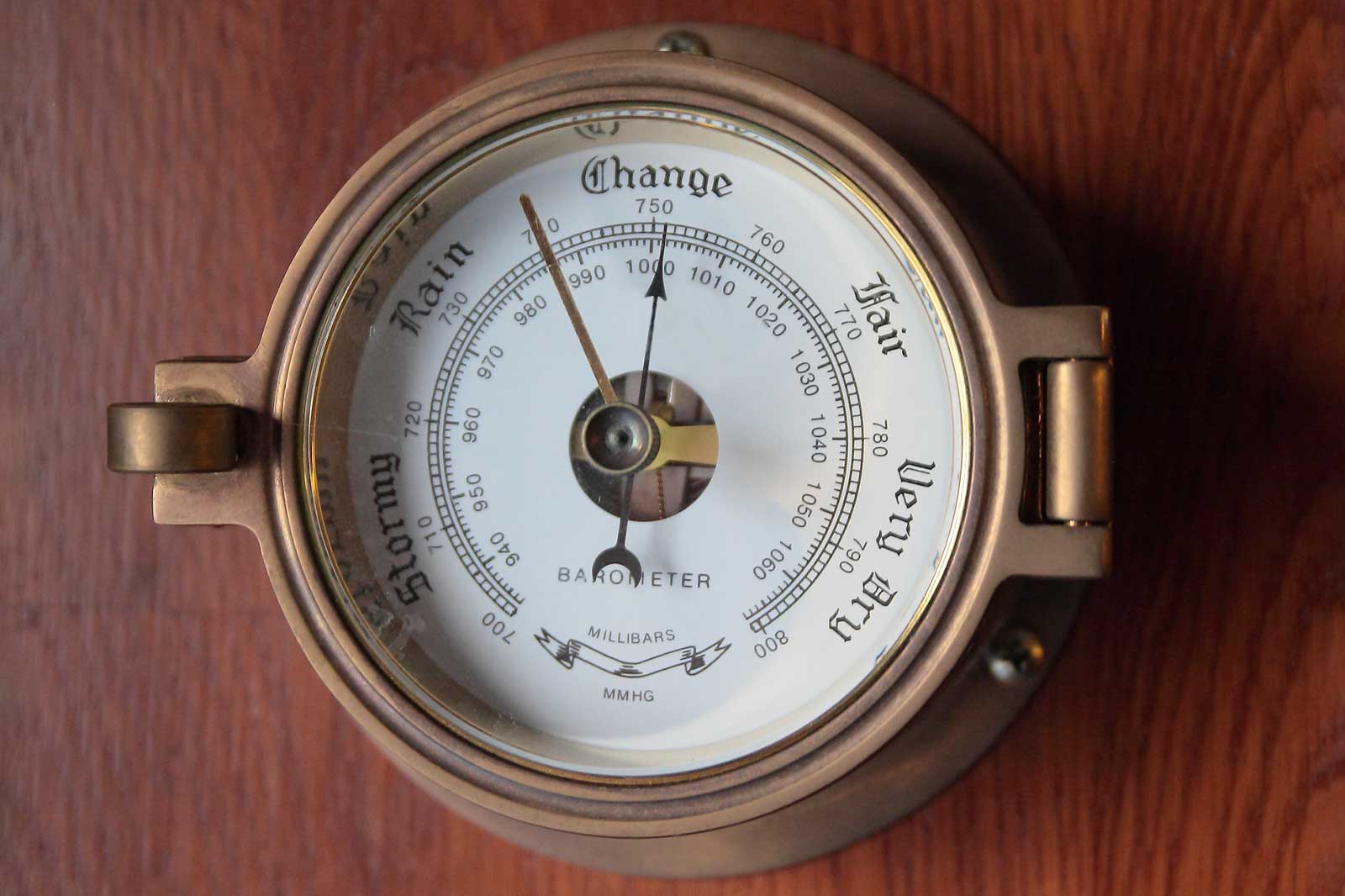

Articles
What Weather Instrument Measures Air Pressure?
Modified: January 6, 2024
Discover the weather instrument that accurately measures air pressure. Read our informative articles and learn more about this essential tool.
(Many of the links in this article redirect to a specific reviewed product. Your purchase of these products through affiliate links helps to generate commission for Storables.com, at no extra cost. Learn more)
Introduction
When it comes to understanding weather patterns and predicting changes in the atmosphere, there are several important factors that meteorologists rely on. One of these crucial factors is air pressure. Air pressure refers to the force exerted by the weight of the Earth’s atmosphere at any given point. It plays a significant role in determining weather conditions and patterns.
Measuring air pressure is essential for meteorologists to gather data and make accurate weather predictions. It helps them understand the dynamics of the atmosphere and monitor changes that may indicate impending weather events. In order to measure air pressure, specialized weather instruments are used.
This article will delve into the world of air pressure, its importance in weather forecasting, and the specific instrument used to measure it – the barometer.
By understanding these concepts, you’ll gain insights into how meteorologists gather data, interpret it, and predict weather conditions with greater precision. So let’s dive in and explore the fascinating world of air pressure and the instruments that measure it!
Key Takeaways:
- Measuring air pressure is crucial for accurate weather forecasting, severe weather detection, climate studies, and various industries like aviation and marine operations. Barometers play a vital role in providing essential data for understanding atmospheric conditions.
- From classic mercury barometers to modern digital barometers, advancements in technology have led to specialized barometers like barographs and barometric altimeters. These instruments contribute to precise monitoring of air pressure and improved weather forecasting.
Read more: What Are The Weather Instrument
Air Pressure
Air pressure, also known as atmospheric pressure, refers to the force exerted by the weight of the Earth’s atmosphere on a unit of area. It is caused by the gravitational pull of the Earth on the air molecules in the atmosphere. The weight of the air above a particular point exerting pressure on it creates the atmospheric pressure at that point.
The unit of measurement for air pressure is typically the pascal (Pa) or the hectopascal (hPa), which is equal to 100 pascals. Another commonly used unit is the millibar (mb), with 1 millibar being equivalent to 1 hectopascal.
Air pressure varies from one location to another and changes with altitude. As you move higher in the atmosphere, the air becomes thinner, resulting in lower air pressure. Conversely, as you descend closer to the Earth’s surface, the air becomes denser, leading to higher air pressure.
Additionally, air pressure is influenced by various factors such as temperature, humidity, and weather patterns. It is these changes in air pressure that meteorologists analyze to gain insights into the evolving weather conditions.
Understanding air pressure is crucial because it affects how air moves and flows in the atmosphere. Areas of high pressure, known as anticyclones, are associated with clear skies and calm weather. On the other hand, areas of low pressure, called cyclones, are linked to stormy weather and atmospheric disturbances.
It’s important to note that air pressure doesn’t only play a role in weather patterns, but it also has effects on our daily lives. For example, changes in air pressure can impact our bodies, particularly our ears, leading to discomfort during activities like flying or diving.
Now that we have a basic understanding of air pressure, let’s explore why it is essential to measure it for accurate weather forecasting.
Importance of Measuring Air Pressure
Measuring air pressure is crucial for meteorologists and weather forecasters to gather valuable data and make accurate predictions about weather conditions. Here are some key reasons why measuring air pressure is essential:
1. Weather Prediction:
Air pressure is a fundamental component in weather forecasting. Changes in air pressure indicate shifts in the atmosphere that can be indicative of upcoming weather patterns. Monitoring air pressure allows meteorologists to track the development of high and low-pressure systems, which greatly influences weather conditions such as temperature, humidity, wind patterns, and the formation of clouds and storms.
2. Severe Weather Detection:
Measuring air pressure helps to detect and predict severe weather events such as hurricanes, tornadoes, and thunderstorms. Sudden drops in air pressure often precede the arrival of these intense weather phenomena. By closely monitoring changes in air pressure, meteorologists can issue timely warnings and alerts, giving communities valuable time to prepare and take necessary precautions.
3. Climate Studies:
Long-term air pressure data is used in climate studies to analyze patterns and trends over extended periods. Understanding the fluctuations in air pressure helps scientists study climate changes, identify long-term climate trends, and make projections about future climate conditions.
4. Aviation and Marine Operations:
Air pressure measurements play a significant role in aviation and marine operations. Pilots and captains rely on accurate and up-to-date air pressure data to calculate altitudes, plan flight routes, and navigate safely. Similarly, sailors use air pressure readings to assess weather conditions at sea, anticipate storms, and plan maritime activities accordingly.
5. Accuracy in Weather Models:
Measuring air pressure helps improve the accuracy of weather prediction models. These models use complex algorithms and mathematical equations to simulate and predict weather patterns. Incorporating precise air pressure data into these models enhances their reliability, enabling meteorologists to provide more accurate forecasts.
By measuring air pressure and understanding its significance, meteorologists can better comprehend the ever-changing dynamics of the atmosphere. This knowledge allows them to provide invaluable weather information to the public, helping individuals and communities make informed decisions and stay safe in various weather conditions.
Now that we understand the importance of measuring air pressure, let’s explore the instrument specifically designed for this purpose – the barometer.
Weather Instruments
Weather instruments play a crucial role in gathering data that helps meteorologists understand and predict weather conditions. These instruments are specifically designed to measure various atmospheric parameters. Here are some commonly used weather instruments:
1. Thermometer:
A thermometer measures temperature, which is a fundamental aspect of weather. It consists of a glass tube filled with a liquid, usually mercury or alcohol, that expands or contracts based on temperature changes. Meteorologists use thermometers to track temperature variations at different locations and altitudes.
2. Hygrometer:
A hygrometer measures humidity, which is the amount of moisture present in the air. There are different types of hygrometers, including hair hygrometers, psychrometers, and capacitance hygrometers. Humidity levels impact weather conditions, as higher humidity can lead to discomfort, while lower humidity can cause dryness and static electricity.
3. Rain Gauge:
A rain gauge, also known as a pluviometer, is used to measure the amount of precipitation (rainfall) over a specific time period. It typically consists of a cylindrical container that collects and measures the rainwater. Rain gauges help meteorologists assess rainfall patterns, which are crucial for understanding climate patterns and water resource management.
4. Anemometer:
An anemometer measures wind speed. It usually consists of three or four small cups attached to arms that rotate with the force of the wind. As the cups rotate, the anemometer records the number of rotations, which is then used to calculate wind speed. Wind speed is vital for predicting weather patterns, tracking storm systems, and assessing wind energy potential.
5. Wind Vane:
Also known as a weather vane, a wind vane measures wind direction. It typically consists of a flat or arrow-shaped plate attached to a vertical or horizontal axis. The wind pushes the plate, aligning it with the direction from which the wind is coming. Meteorologists use wind direction data to analyze wind patterns, understand weather systems, and make forecasts.
These are just a few examples of the many weather instruments used to measure various atmospheric parameters. Each instrument provides valuable data that meteorologists utilize to study and predict weather conditions. However, when it comes to measuring air pressure specifically, the essential instrument is the barometer, which we will explore in the next section.
Barometer: The Instrument for Measuring Air Pressure
A barometer is the primary instrument used to measure air pressure. It allows meteorologists to monitor changes in atmospheric pressure and gather essential data for weather forecasting. The invention of the barometer in the 17th century was a significant milestone in the field of meteorology.
There are various types of barometers, but the most common and widely used is the mercury barometer. It consists of a glass tube filled with mercury, inverted over a pool of mercury in a closed container. The mercury in the tube adjusts its height based on the atmospheric pressure exerted on the pool of mercury. The greater the air pressure, the higher the mercury level in the tube.
Another type of barometer is the aneroid barometer, which does not use liquid mercury. It employs a sealed metal capsule, usually made of brass or beryllium copper, containing a partially vacuumed chamber. The capsule expands or contracts with changes in atmospheric pressure, and this motion is magnified and measured using mechanical linkages.
Both types of barometers can provide accurate air pressure measurements, but mercury barometers are considered to be the most precise and reliable. However, due to environmental concerns and safety considerations, mercury barometers are gradually being replaced by aneroid barometers and digital barometers in many settings.
The measurements obtained from a barometer are usually expressed in units such as inches of mercury (inHg), millimeters of mercury (mmHg), or hectopascals (hPa). These units represent the height to which the mercury or the aneroid capsule rises due to atmospheric pressure.
Barometers can be used in various environments, including weather stations, meteorological offices, research laboratories, and even personal weather monitoring stations. They are typically equipped with a dial or digital display that shows the current air pressure readings.
Measuring air pressure with a barometer provides meteorologists with critical data for weather forecasting, as it helps identify high and low-pressure systems, track atmospheric changes, and predict weather patterns. By analyzing air pressure data over time, meteorologists can also identify trends and anomalies, contributing to long-term climate studies.
In the modern era, with advancements in technology, digital barometers have become more prevalent. These instruments employ sensors, such as piezoresistive or capacitive sensors, to measure air pressure. They offer convenience and accuracy, often providing additional features like temperature readings and historical data analysis.
Overall, the barometer serves as a vital tool in meteorology, enabling scientists to study and understand the dynamics of the atmosphere. It plays a crucial role in weather forecasting, severe weather detection, and climate research, ultimately enhancing our understanding of the Earth’s atmospheric conditions.
Types of Barometers
Barometers come in various designs and types, each with its own unique method of measuring air pressure. Here are some of the most common types of barometers:
1. Mercury Barometer:
The mercury barometer, also known as the standard barometer, is a classic design that uses the height of a column of mercury to measure air pressure. It consists of a glass tube filled with mercury and inverted into a reservoir of mercury. As the atmospheric pressure changes, the height of the mercury column in the tube fluctuates accordingly. This is the most accurate type of barometer and provides precise measurements of air pressure.
Read more: What Weather Instrument Measures Wind Speed
2. Aneroid Barometer:
The aneroid barometer is a compact and portable type of barometer that does not use liquids. Instead, it utilizes a flexible metal chamber, known as an aneroid cell, which expands or contracts based on changes in air pressure. These changes in the aneroid cell’s shape are transferred to a mechanical pointer that indicates the air pressure on a dial. Aneroid barometers are commonly used in homes and for personal weather monitoring.
3. Digital Barometer:
Digital barometers are modern electronic devices that measure air pressure and display the readings on a digital screen. They typically utilize sensors, such as piezoresistive or capacitive sensors, to detect and convert changes in air pressure into electrical signals. Digital barometers are often equipped with additional features like temperature readings, trend indicators, and data logging capabilities. These instruments offer convenience and accuracy, making them popular among both professionals and weather enthusiasts.
4. Torricelli Barometer:
The Torricelli barometer is a variation of the mercury barometer invented by Evangelista Torricelli in the 17th century. It consists of a glass tube filled with mercury and inverted into an open container of mercury. The column of mercury in the tube remains in equilibrium due to the balance between the weight of the mercury and the atmospheric pressure. This type of barometer measures air pressure indirectly through the height of the mercury column.
5. Fortin Barometer:
The Fortin barometer, named after French instrument maker Jean-Baptiste Fortin, is a specialized type of mercury barometer known for its accuracy and precision. It incorporates additional features such as a vernier scale and a screw mechanism to adjust the height of the mercury column for precise readings. Fortin barometers were commonly used in meteorological observatories and scientific institutions for their high level of accuracy.
These are just a few examples of the various types of barometers used for measuring air pressure. Each type has its own advantages and applications, catering to different needs and settings. Regardless of the type, barometers remain a crucial tool in meteorology, providing valuable data for weather forecasting, climate studies, and atmospheric research.
How Barometers Work
Barometers work based on the principle that air pressure exerts a force on a liquid or a flexible chamber, resulting in a measurable change. Here is a general overview of how different types of barometers work:
1. Mercury Barometer:
In a mercury barometer, atmospheric pressure is measured by the height of a column of mercury in a glass tube. The tube is inverted into a pool of mercury, creating a vacuum at the top. When the atmospheric pressure increases, it pushes down on the pool of mercury, causing the mercury in the tube to rise. Conversely, a decrease in atmospheric pressure allows the mercury in the tube to fall. The height of the mercury column directly corresponds to the atmospheric pressure.
Read more: What Weather Instrument Measures Wind Speed
2. Aneroid Barometer:
An aneroid barometer consists of a flexible metal chamber called an aneroid cell. This cell is sealed and partially evacuated, creating a vacuum within. The flexible walls of the aneroid cell are designed to expand or contract with changes in air pressure. As the atmospheric pressure increases, the walls of the aneroid cell are pushed in. Conversely, a decrease in atmospheric pressure allows the walls of the aneroid cell to expand. These physical changes are then transmitted to a mechanical pointer or digital display, indicating the air pressure.
3. Digital Barometer:
A digital barometer uses electronic sensors, such as piezoresistive or capacitive sensors, to measure air pressure. These sensors can detect minuscule changes in pressure and convert them into electrical signals. The electrical signals are then processed and displayed on a digital screen, providing accurate and real-time air pressure readings. Digital barometers often incorporate additional features like temperature readings, trend indicators, and data logging capabilities.
4. Torricelli Barometer:
The Torricelli barometer, also known as the mercury barometer, measures air pressure indirectly through the height of a column of mercury in a glass tube. The weight of the mercury exerts a downward force, which is balanced by the atmospheric pressure pushing down on the pool of mercury in an open container. The height of the mercury column adjusts accordingly to maintain this equilibrium, providing a measurement of atmospheric pressure. The larger the height of the mercury column, the higher the atmospheric pressure.
5. Fortin Barometer:
The Fortin barometer is a specialized type of mercury barometer that employs additional mechanisms to improve accuracy. It includes a vernier scale and a screw mechanism to adjust the height of the mercury column precisely. The vernier scale allows for precise readings by complementing the main mercury scale. The screw mechanism enables fine-tuning of the mercury column, ensuring accurate measurements.
Regardless of the type, barometers rely on the fundamental principle that air pressure affects either a liquid or a flexible chamber, resulting in an observable change. By measuring this change, barometers provide valuable information about air pressure, aiding meteorologists in understanding weather patterns and making accurate forecasts.
Modern Barometers
With advancements in technology, modern barometers have evolved beyond the traditional mercury and aneroid designs. Here are some of the modern barometers that are commonly used today:
1. Digital Barometers:
Digital barometers have gained popularity due to their convenience and accuracy. These barometers utilize electronic sensors, such as piezoresistive or capacitive sensors, to measure air pressure and convert it into electrical signals. The signals are then processed and displayed on a digital screen, providing precise and real-time air pressure readings. Digital barometers often come with additional features like temperature readings, trend indicators, and data logging capabilities.
Read also: 9 Amazing Weather Instrument for 2024
2. Barographs:
A barograph is a specialized type of barometer that records air pressure changes over a specific period. It consists of a calibrated aneroid barometer connected to a recording mechanism, typically a drum with a rotating chart paper. As air pressure fluctuates, the aneroid barometer moves, causing a pen to trace the changes on the chart paper. This creates a graphical representation of the air pressure variations, allowing for detailed analysis and comparison of atmospheric conditions over time.
3. Barometric Altimeters:
Barometric altimeters are barometers that are specifically designed for altitude measurement. They work on the principle that atmospheric pressure decreases as altitude increases. By accurately measuring air pressure, barometric altimeters can calculate altitude changes. These instruments are commonly used in aircraft for measuring flight levels and altitude above sea level. They are crucial for aviation purposes, aiding pilots in navigation and maintaining safe altitude levels.
4. Smart Weather Stations:
Smart weather stations integrate multiple weather instruments, including barometers, into a comprehensive system. These stations typically consist of sensors for measuring parameters such as temperature, humidity, wind speed and direction, rainfall, and air pressure. Connected to a central unit or a smartphone application, smart weather stations provide real-time weather data and can track historical trends. They are popular among weather enthusiasts and homeowners for monitoring local weather conditions.
5. Miniature Barometers:
Miniature barometers are compact and portable versions of traditional barometers. They are designed for on-the-go use, making them ideal for hikers, mountaineers, and outdoor enthusiasts. These barometers often incorporate features like altimeters, compasses, and temperature sensors. Miniature barometers are lightweight, durable, and equipped with digital displays, making them convenient tools for outdoor adventures.
Modern barometers have made significant advancements in terms of accuracy, convenience, and additional features. Whether in the form of digital displays, recording mechanisms, or integrated smart systems, these instruments allow for precise monitoring of atmospheric pressure and contribute to improved weather forecasting and analysis.
Read more: Which Weather Instrument Measures Humidity
Conclusion
Air pressure is a fundamental aspect of understanding weather patterns and making accurate predictions about atmospheric conditions. By measuring air pressure, meteorologists gather crucial data that helps them identify weather systems, track changes in the atmosphere, and forecast upcoming weather events.
We explored the importance of measuring air pressure and its role in weather prediction, severe weather detection, climate studies, and various industries such as aviation and marine operations. Measuring air pressure allows for more accurate weather modeling and enhances our understanding of climate trends.
Among the wide range of weather instruments, the barometer stands out as the primary instrument for measuring air pressure. From the classic mercury barometer to the modern digital barometer, these instruments enable us to monitor changes in atmospheric pressure with precision and accuracy.
We discussed different types of barometers, including mercury barometers, aneroid barometers, digital barometers, Torricelli barometers, and Fortin barometers. Each type has its own mechanism for measuring air pressure, with some offering additional features like altimeter capabilities, recording functions, and connectivity to smart weather stations.
In the modern era, digital barometers have become more prevalent due to their convenience and accuracy. Additionally, advancements in technology have given rise to specialized barometers, such as barographs for recording air pressure changes and barometric altimeters for precise altitude measurements.
By continuously monitoring air pressure with barometers, meteorologists can provide us with more reliable weather forecasts, detect severe weather events in advance, and contribute to our broader understanding of the Earth’s ever-changing climate.
As technology continues to advance, we can expect further innovations in barometer design and functionality. These developments will enhance our ability to gather and analyze air pressure data, ensuring more accurate and timely weather predictions for the benefit of society.
In conclusion, measuring air pressure through the use of barometers is essential for understanding weather patterns, predicting future conditions, and keeping individuals and communities informed and prepared. Barometers are indispensable tools that enable us to explore the complex dynamics of the atmosphere and improve our understanding of the world around us.
Frequently Asked Questions about What Weather Instrument Measures Air Pressure?
Was this page helpful?
At Storables.com, we guarantee accurate and reliable information. Our content, validated by Expert Board Contributors, is crafted following stringent Editorial Policies. We're committed to providing you with well-researched, expert-backed insights for all your informational needs.
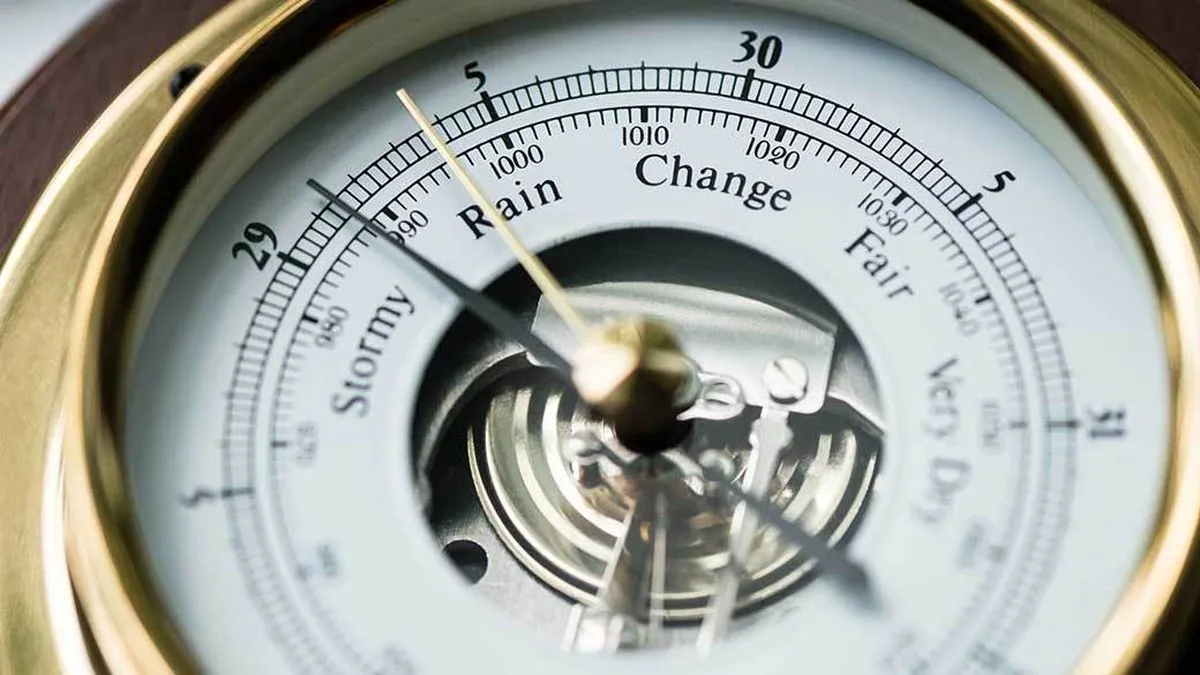
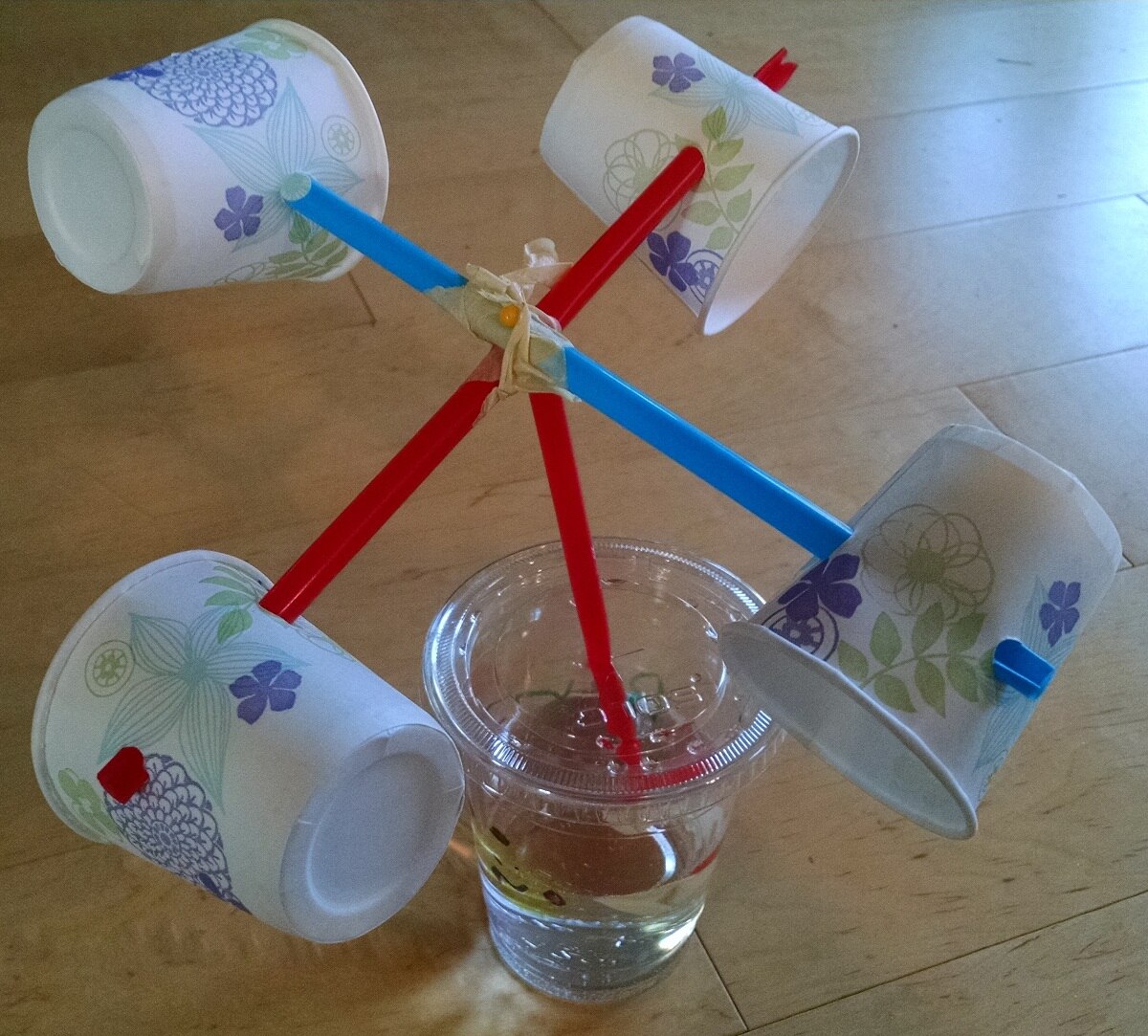
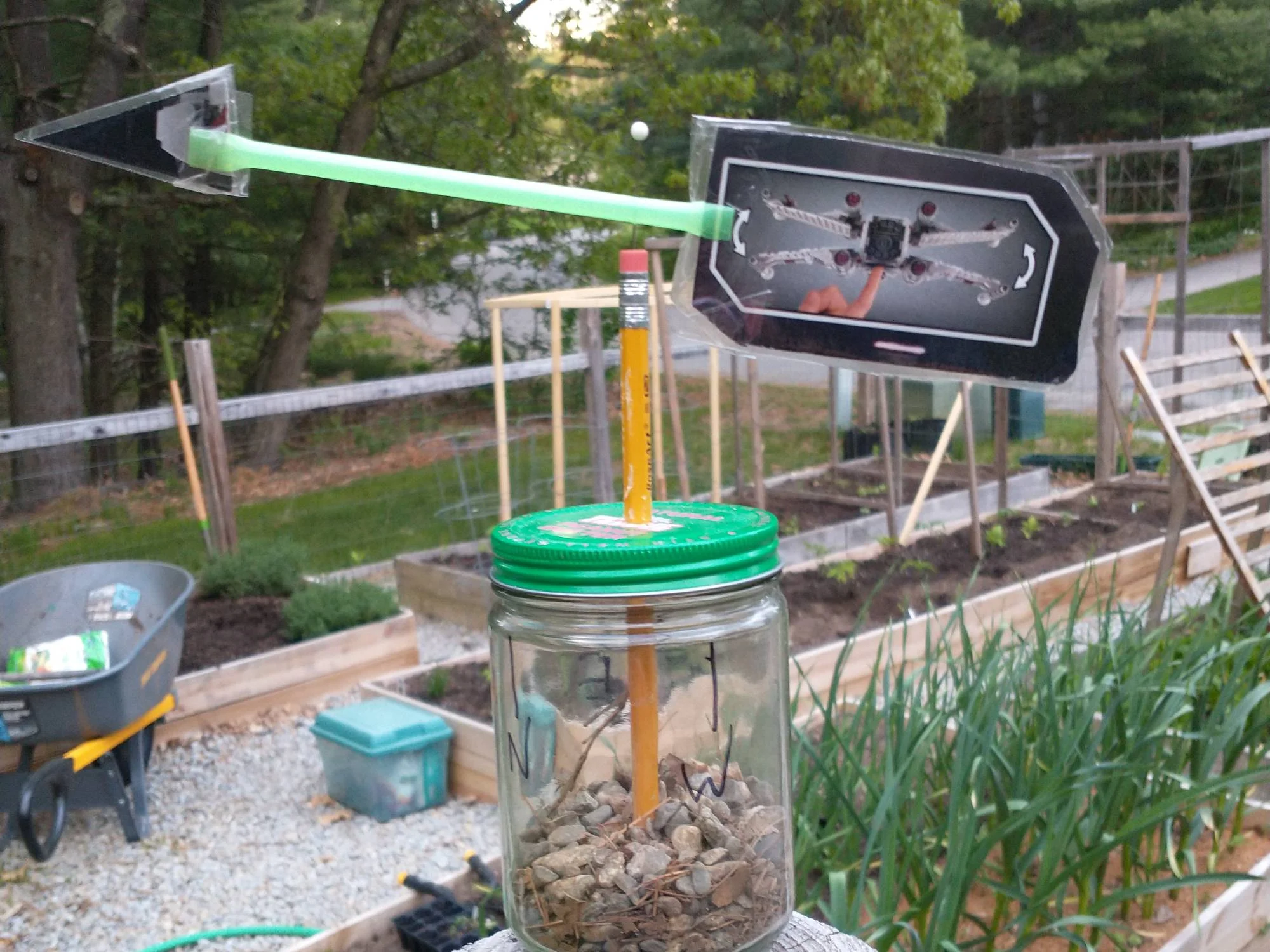
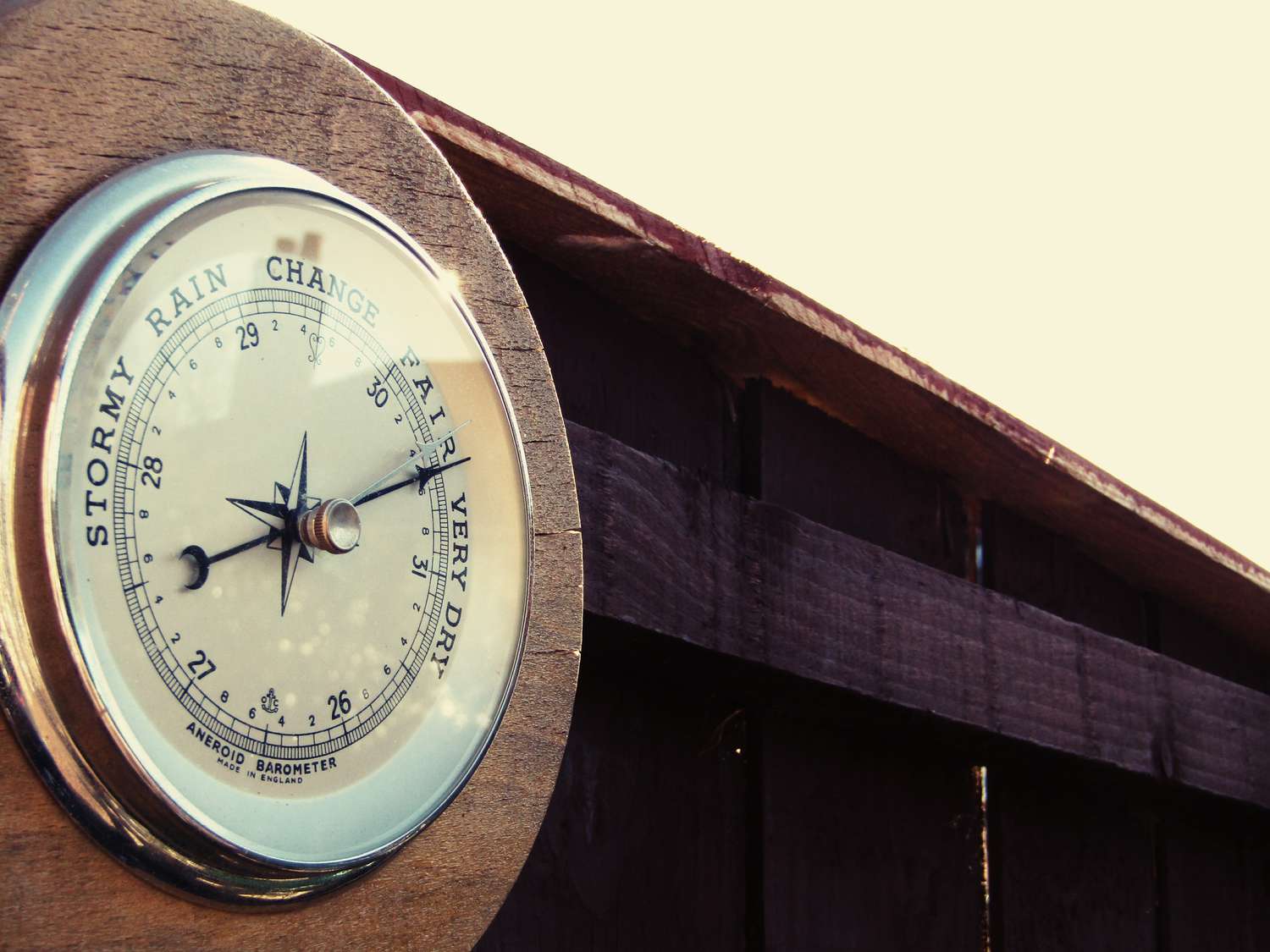
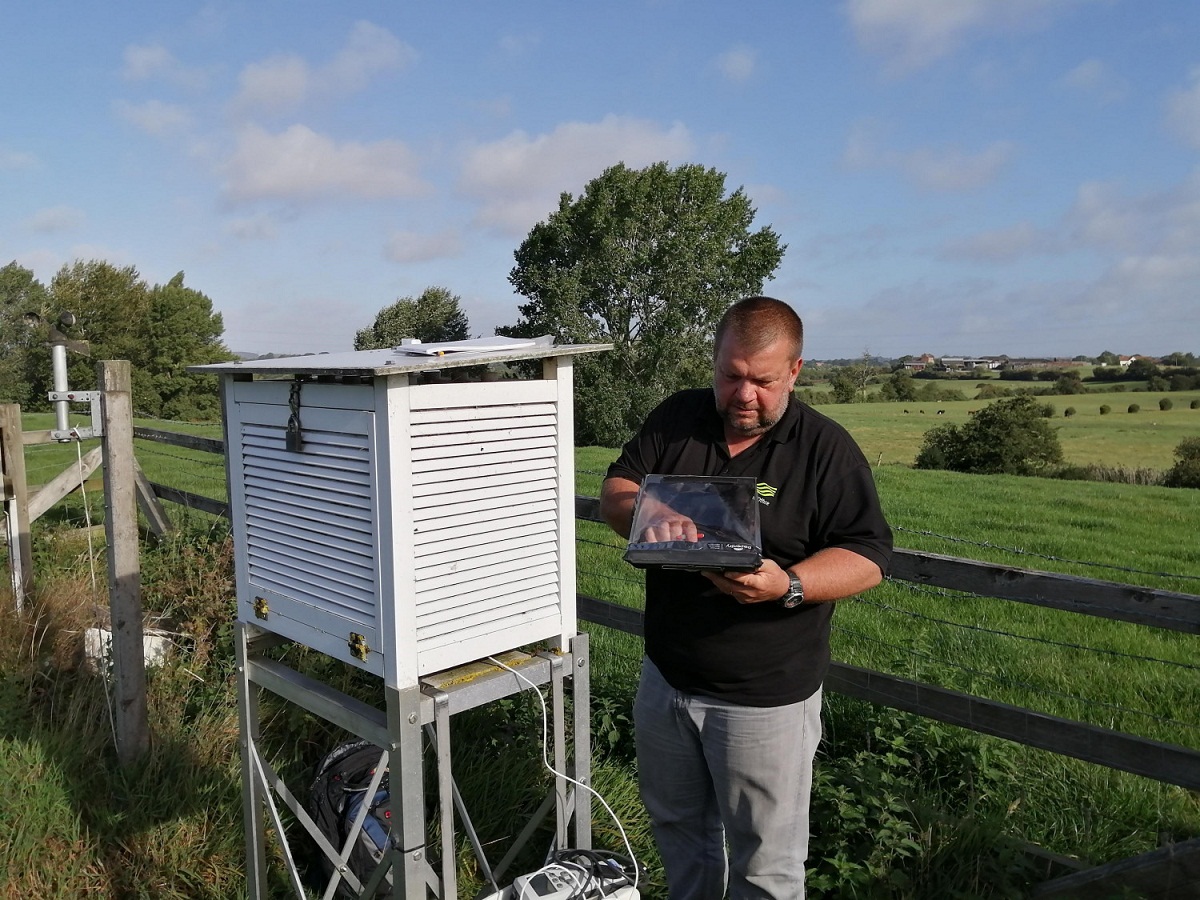
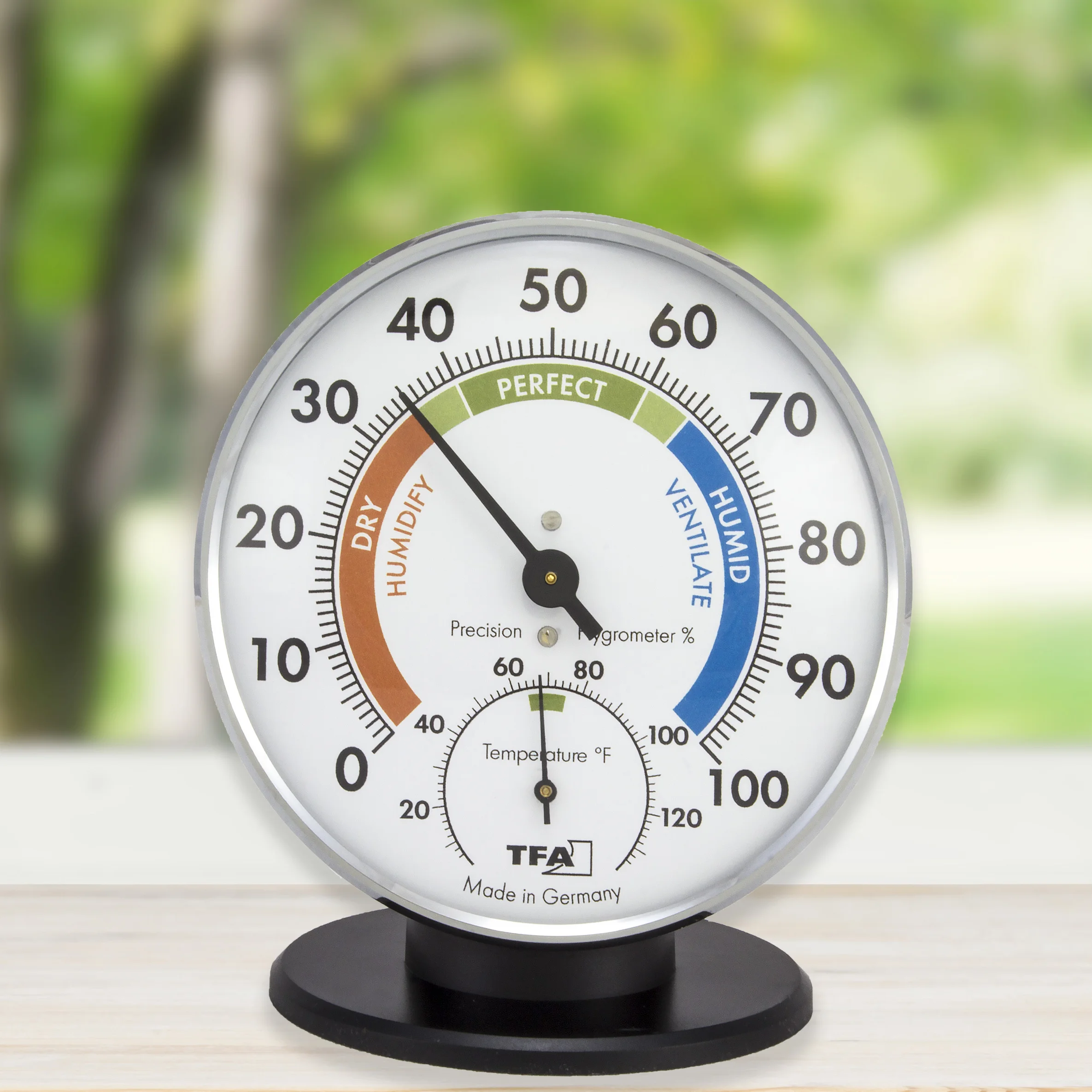
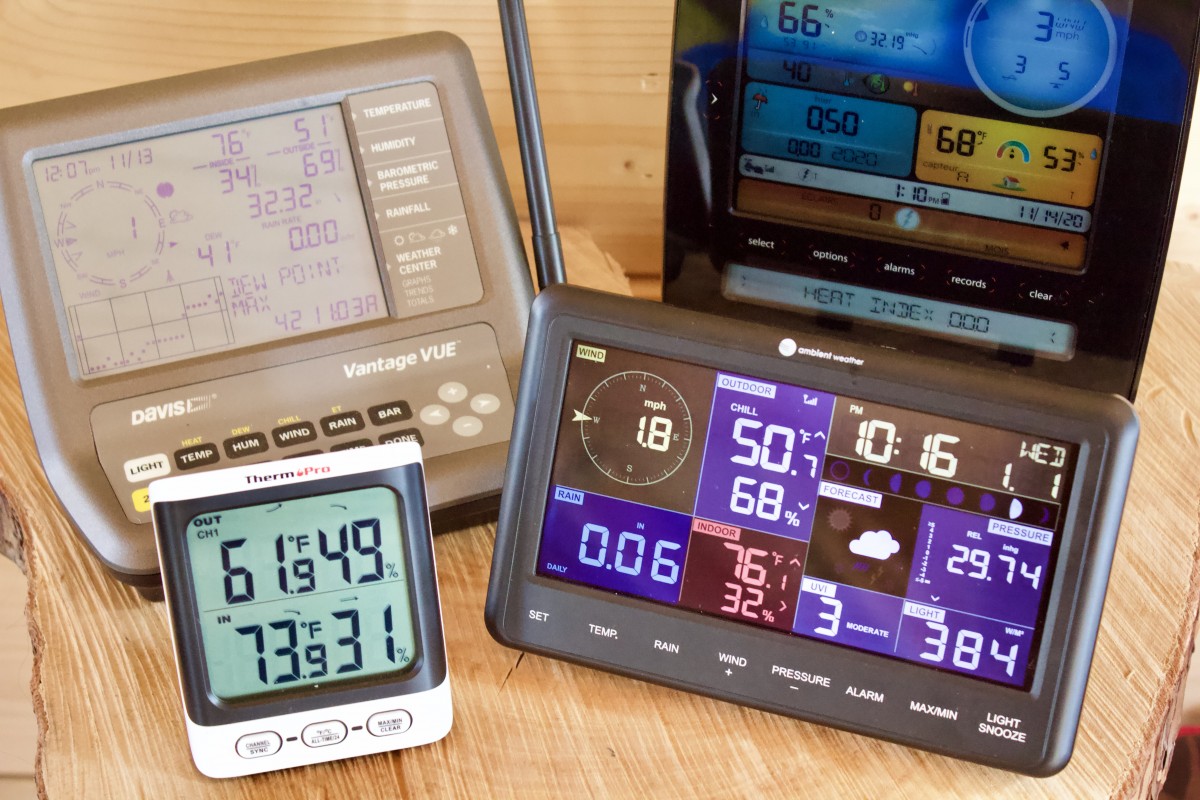

0 thoughts on “What Weather Instrument Measures Air Pressure?”